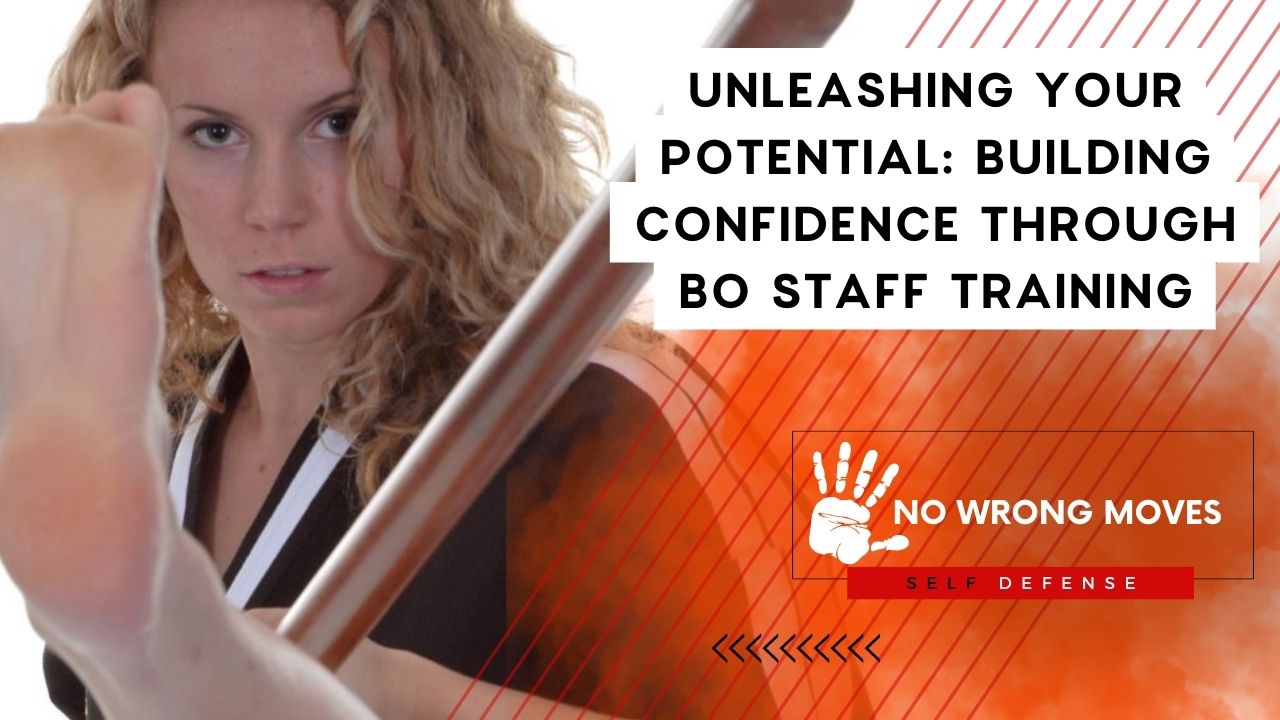
- Understanding the Bo Staff: History and Significance
- Choosing the Right Bo Staff for You: Material, Length, and Weight Considerations
- Basic Techniques in Bo Staff Training: Grips, Stances, and Strikes
- Developing Your Skills: Drills for Beginners to Advanced Practitioners
- Incorporating Martial Arts Philosophy into Your Training
- Competitions and Performances: Showcasing Your Skills with Confidence
- Continual Growth in Mastery and Self-Assurance with Ongoing Practice
Ever felt the urge to explore new horizons but found yourself held back by anxiety or self-doubt? Are you yearning to boost your confidence and unleash the extraordinary abilities within you? If so, Bo Staff training might just be the ideal way for you to level up in more ways than one!
Allow me to assure you that mastering the art of wielding a Bo Staff with finesse and elegance is well within anyone's reach. And when you do, it not only bestows physical boons such as enhanced coordination and muscle power – it also bolsters your inner reserves of self-assurance.
In this article, I will recount my personal journey of harnessing Bo staff training as a catalyst for both mental and physical fortification.
We shall delve into the unique aspects of this martial art form that make it so transformative while uncovering why its impact on our lives can be so profound.
Discover how to embark on an adventure with the bo staff, unravel handy drills that simplify learning, and acquire valuable insights for advancing along this path.
By the time we reach our conclusion, you'll have acquired sufficient knowledge to commence cultivating your own prowess without delay! So come along as we embark on a voyage toward unlocking our latent potential through the captivating world of bo staff training!
Understanding the Bo Staff: History and Significance
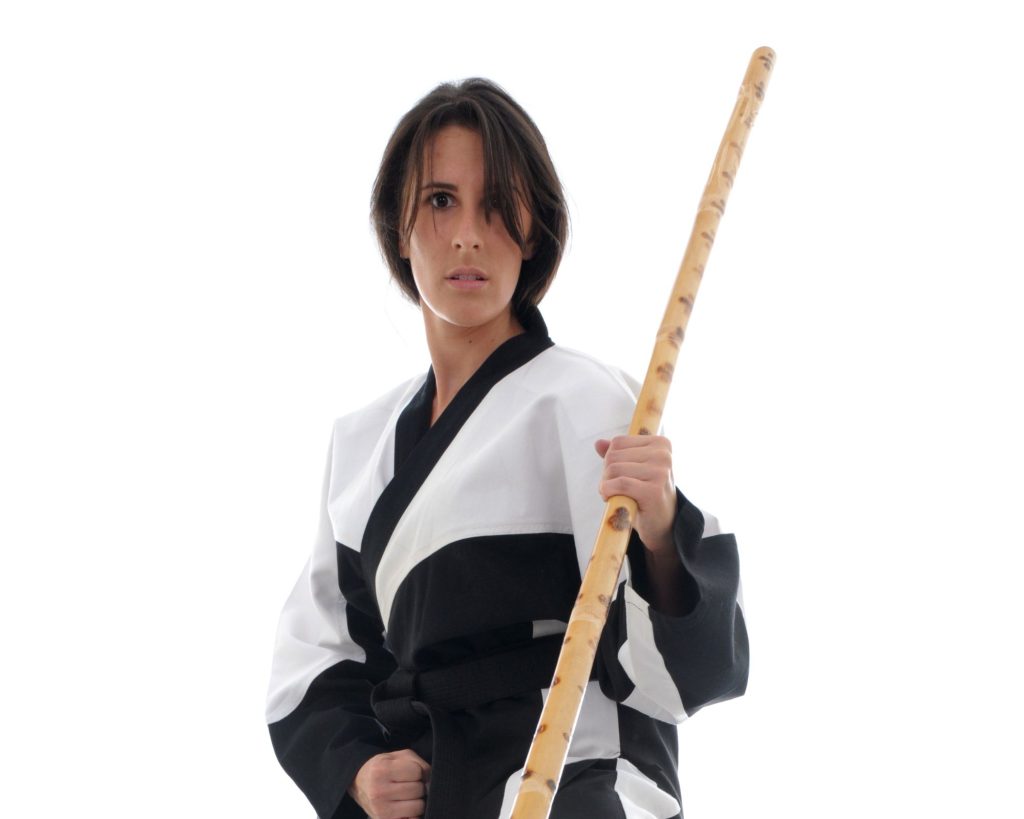
The bo staff is a versatile weapon that has been used in martial arts for centuries. It is believed to have originated in China and was adopted by Okinawan karate practitioners during the early 1800s.
The bo staff is a long stick, typically made of wood or metal, which can be wielded with one or two hands. It has become an iconic symbol of martial arts around the world and its use continues to evolve and expand as new techniques are developed.
History
- The bo staff first appeared in Chinese texts from the 5th century AD.
- During the 16th century Japanese wars, samurai warriors began using it as part of their training regimen.
- [In Okinawa] wooden practice weapons were created for karate students to use in their training.
The adoption of the bo staff into martial arts spread rapidly throughout Japan and other parts of Asia before eventually making its way to western countries.
By this time it had come to represent not only skill but also discipline, respect, balance, strength, power and concentration – all qualities necessary for effective self-defense.
Significance
Today the bo staff remains an essential tool for many martial artists as they hone their skills and perfect their technique. Its length makes it particularly useful for keeping opponents at bay while allowing practitioners enough flexibility to perform complex movements with ease.
In addition, its weight provides additional momentum when striking which increases accuracy while reducing fatigue on longer contact points.
Practitioners learn how to wield this powerful weapon responsibly both offensively and defensively through rigorous drills designed specifically for developing speed, coordination and control.
All of these are essential elements required when utilizing such a formidable instrument of self-protection against potential attackers.
It’s easy to see why the bo staff remains so popular among martial artists today; Not only does it provide practitioners with an efficient means of self-defense but also offers them ways through which they can express themselves artistically.
That goes from practical applications within competition settings right down to exhilarating performances, showcasing amazing feats with spectacular visual effects!
Choosing the Right Bo Staff for You: Material, Length, and Weight Considerations
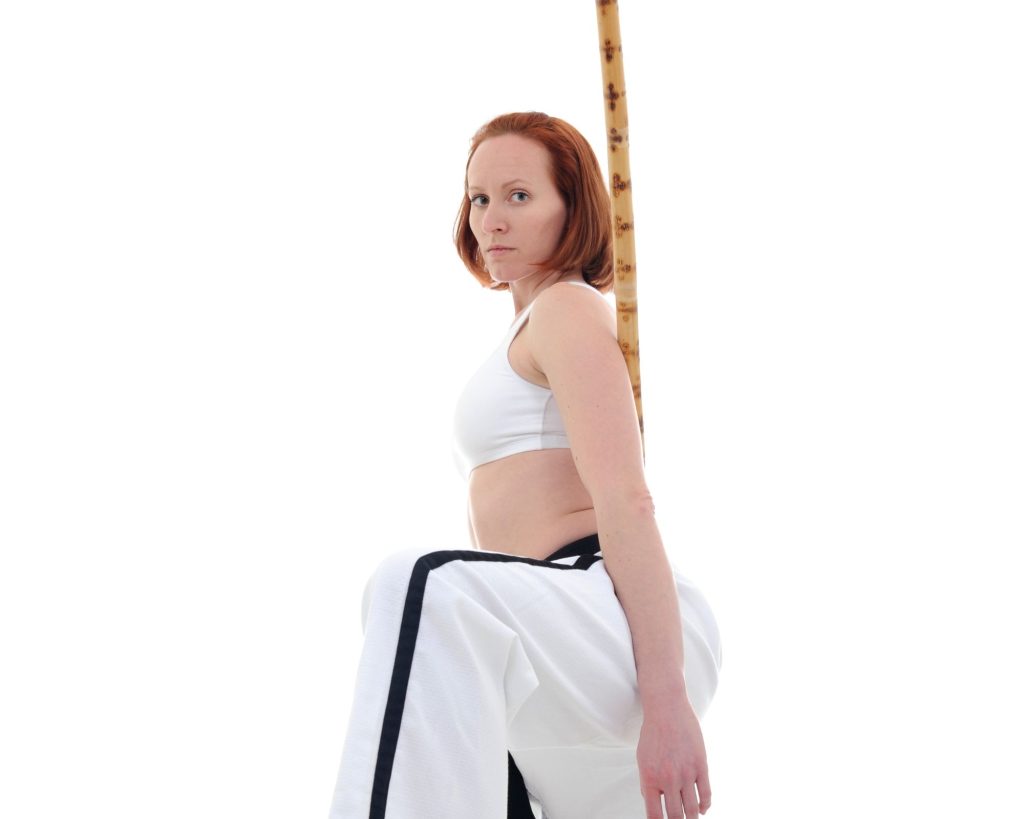
Choosing the right bo staff is a critical decision for martial artists, and there are several factors to consider. Material, length, and weight all play important roles in selecting the perfect bo staff for your style of martial arts.
Material
The material used to make your bo staff will have an effect on its balance and maneuverability. Common options include wood, bamboo, rattan, plastic or aluminum.
Wood has great balance but may not be as durable as other materials when faced with hard impacts. Bamboo is lightweight yet strong enough to handle heavy contact training sessions; however some users report that bamboo can become brittle over time if not maintained properly.
Rattan is lightweight too but it can bend more easily than wood or bamboo making it less suitable for intense contact sparring workouts.
Plastic and aluminum are both lighter than their natural counterparts but do not provide the same level of balance due to their unnatural shape and feel in hand – they're best suited for beginners who just need something basic during practice drills.
Length
Your height should determine what length you choose when buying a Bo Staff – it should reach from armpit height down towards your feet while standing upright or slightly bent at the waistline so that you can keep proper distance from opponents while blocking attacks.
- If you’re under 5‘ 4", go with a shorter bo such as 48-54 inches long
- If you’re between 5‘ 4" - 6' tall select a medium sized bo around 54-60 inches long
. It's important that your chosen Bo Staff fits comfortably within your arm span without feeling cumbersome in order to maximize control during practice sessions.
The weight of the Bo Staff affects how quickly one responds when using different techniques during sparring demonstrations.
It's important to find something light enough that won't tire out one's arms after extended use yet still provides good stability while defending against strikes from an opponent.
Wooden versions tend be heavier than those made with synthetic materials like plastics or aluminum; whereas lengths greater than 48" often require added strength which can come at additional cost through increased mass/weight (and by extension reduced speed).
To strike this delicate balance look out for variants labeled 'lightweight', 'titanium reinforced', etc., which offer enhanced responsiveness without sacrificing strength.
Basic Techniques in Bo Staff Training: Grips, Stances, and Strikes
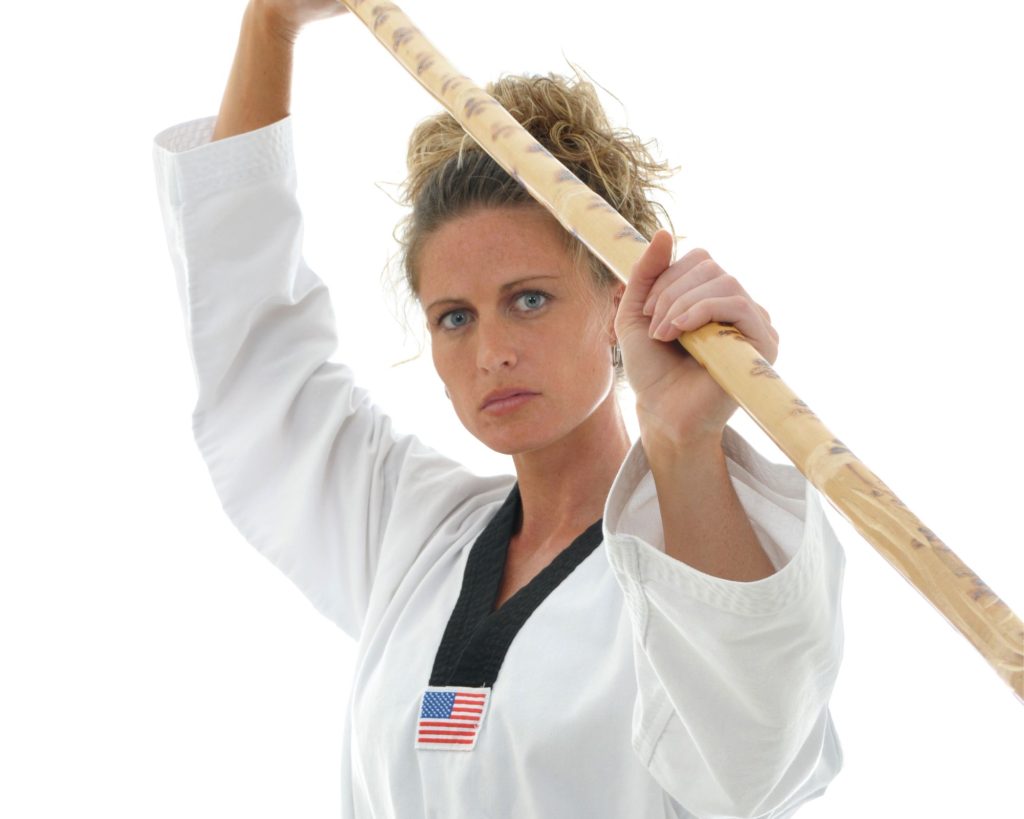
Grips
A good grip is essential for effective bo staff training. Gripping the staff correctly will allow you to strike with more power, accuracy and speed.
There are three main grips used in bo staff training: the forward grip, reverse grip and center grip. The forward grip involves gripping the bo near one end of the weapon with both hands; while a reverse grip means holding it near the opposite end of your weapon.
Meanwhile, a center grip requires your hands to be placed at equal distances from both ends of the bo. It's important to remember that when changing between grips during battles or dueling scenarios that you don't take too long as it can leave you vulnerable to attack.
Stances
Adopting correct stances is also vital for executing powerful strikes against an opponent successfully during a fight or mock-duel scenario.
Bo Staff combat typically employs two main stances - either front stance (also known as 'horse stance') and back stance (also referred to as 'cat stance').
Front Stance requires standing wide apart with feet shoulder width apart, knees bent slightly and torso leaning forward slightly such that arms protrude out close towards each other but not touching each other.
Back Stance adopts a similar posture except instead of leaning forwards, leans backwards so arms are further away from each other but still remain relatively vertical.
Developing Your Skills: Drills for Beginners to Advanced Practitioners
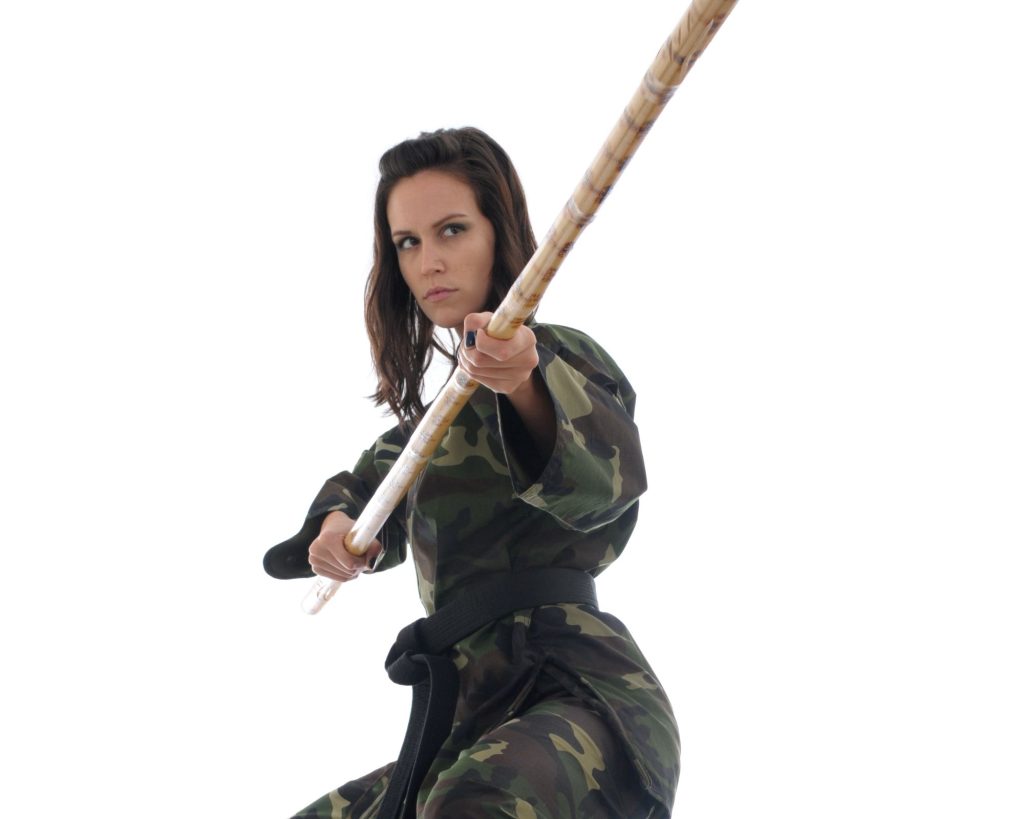
Developing your skills is an important part of any disciplined practice, from martial arts to music. Drills provide the structure and repetition which can help hone your abilities, be they physical or mental.
For beginners, drills are a great way to get acclimatized with the concepts and techniques that make up their chosen craft.
As you progress through more intermediate levels, you'll find that increasingly complex drills will push you even further towards mastery.
The best way to approach various drill exercises is to think in terms of proficiency; start slow at first and build up as you gain familiarity with each step. Take it one level at a time - don't try to jump ahead too quickly! Additionally, consider some of these helpful tips:
- Be methodical – when approaching a drill sequence for the first time, break it down into its individual components.
- Set goals – set targets for yourself in order to gauge progress over time.
- Focus on form – always strive for good technique rather than speed or power.
For all skill levels though, remember that regular practice is key - consistency builds experience, which leads directly towards improvement!
Incorporating Martial Arts Philosophy into Your Training

The physical aspects of martial arts are only a small part of the equation. To become great, you'll need to internalize the philosophy behind your chosen discipline. Mental strength and confidence building are both necessary components in order to maximize your potential as a martial artist.
Mental Strength
Mental strength is incredibly important when it comes to martial arts training. It requires critical thinking skills and a clear understanding of why you're doing what you're doing.
Examine not only the technical elements, but also how they serve their purpose within different situations and scenarios. As Bruce Lee famously said, “Knowing is not enough; we must apply."
Developing mental strength will help keep your focus during practice sessions as well as give you more insight into problem-solving techniques that may arise during sparring or competitions.
- Be deliberate about breaking down each technique one step at a time.
- Reflect on each element individually until it becomes second nature.
- Concentrate on making progress towards mastery by setting realistic goals.
Confidence Building
Along with developing your mental fortitude, confidence-building should be an integral part of any training regimen if you want to reach peak performance levels in martial arts. Developing self-assurance can actually have beneficial effects outside of just practicing your art form - feeling certain in yourself can lead to higher levels of success in all facets life.
- Focus on improving individual techniques or strategies without comparison or judgement from others.
- Start by conquering smaller challenges and working up towards larger ones over time.
Training with the Right Equipment
When training with any martial arts weapon, safety must always be a top priority. For those studying bo staff techniques, it is essential to have the right equipment for optimal protection and skill development.
When selecting a bo staff, look for one that is made of hardwood or reinforced fiberglass materials. This will help ensure its reliability and strength during rigorous drills and exercises.
Additionally, avoid selecting a staff that has too much weight as this can make execution of certain moves difficult or even dangerous in some cases.
It’s best to opt for something light yet durable such as bamboo since it won’t tire out your arms quickly while giving you reliable control over your movements.
Using Protective Gear During Training
No matter how experienced you may be in wielding a bo staff, accidents can still occur if proper measures are not taken to protect oneself from injury during practice sessions. Always wear proper protective gear when engaging in sparring or contact drills involving another person (or people).
This includes helmets, hand pads, kneepads and shin guards among other items designed specifically for martial arts practice. Not only do these pieces of equipment reduce the risk of harm but they also provide additional comfort and stability which can influence performance positively.
Competitions and Performances: Showcasing Your Skills with Confidence
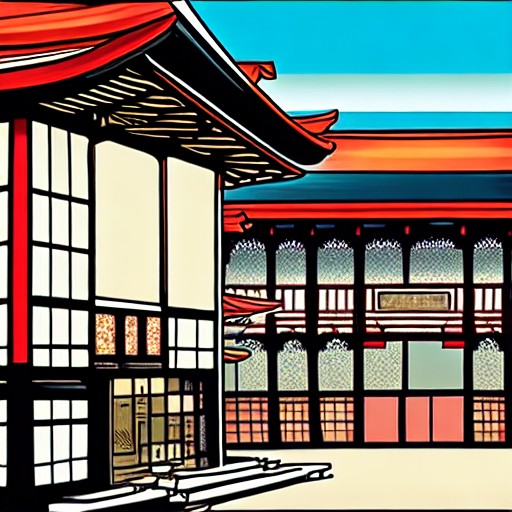
Confidence is a crucial part of any performance or competition. It isn't only essential to ensure your best performance, but it also helps you stand out and make an impression on the audience and judges. Every performer must learn how to turn their nerves into positive energy and use that energy to help them perform better than ever before.
Tips for Building Your Confidence
- Make sure you are prepared: Spend time rehearsing until you have mastered every step of your routine or presentation so that you can focus on delivering it with confidence.
- Visualize yourself succeeding: Use visualization techniques like imagining yourself already performing at the top of your game, as if everything has already gone perfectly.
- Focus on what’s important: Don’t worry about minor details or mistakes; instead, concentrate on achieving perfect execution in the big moments.
- Take care of your body: Eating well leading up to a competition or performance can help boost both physical and mental strength by providing key nutrients while avoiding fatigue-inducing foods.
Continual Growth in Mastery and Self-Assurance with Ongoing Practice
The power of practice is the ultimate key to mastery and self-assurance. With each passing day, we become more aware of our capabilities and potentials, as well as those that are untapped.
With every challenging task or project we undertake, our knowledge grows ever greater—our confidence in ourselves increases exponentially with each victory.
No matter what skill or profession one has chosen to pursue, there is an inherent understanding that gaining expertise does not come quickly nor easily.
The road to mastery must be treaded continuously and devotedly. The journey could be a long one but if it's taken consistently with dedication then its path will eventually lead us towards the goal.
[author-box-jpx-fitness]
